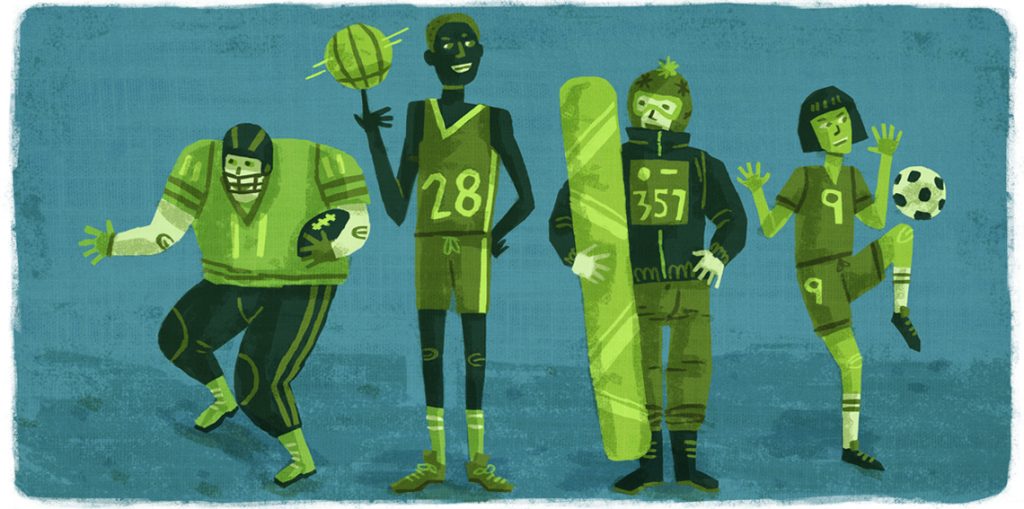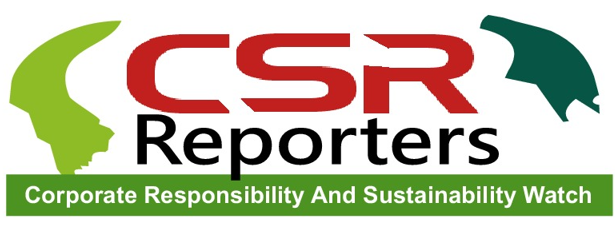
Bringing sports for peace and development, sports industry together to achieve sustainability, net zero goals
Simone Galimberti
Can sports for peace and development contribute to ensure that future generations will enjoy a liveable planet earth?
Trying to find an answer to this key question can, apparently, be a no-brainer.
This unique area of sports can play a very important, perhaps even transformational role in helping humanity preserve the existing eco-systems and ensure the overall liveability of the planet for future generations.
In short, grassroots levels sports-based activities can better embrace sustainability, a term that, for practical purposes here, includes climate action and biodiversity preservation.
But at the same time, we could all push ourselves more and think wider and more ambitiously.
We could try to link sports for peace and development with the professional sports industry. Why not, then, imagine ways in which sports for peace and development can also contribute to make professional sports more accountable and serious about our planet?
Therefore, a stronger question could be the following: Instead of the ‘niche’ sports for peace and development, how can sports in general, including its multibillion-dollar industry, contribute to a more sustainable future?
So, on the one hand, there is scope for better reframing of sports for the common good, another way to refer to sports for peace and development, as a key tool to promote sustainability.
On the other, professional sports leagues must step up their game towards sustainability and sports for sustainability could play a big role here.
With a more coherent approach and tailor-made messaging, a lot of added value can be created by sports initiatives at the grassroots levels to ingrain sustainable behavioural patterns among the people, especially the younger generations.
For example, key messages can be transferred to participants of sports training that, if provided on a continuous basis, can offer the opportunity for young athletes to embrace personal changes in the way they think of and relate to environment and climate changes.
Further toolkits and manuals, and mass courses could be developed, and then rolled out on the ground, so long as more resources is allocated.
Sustainability, could indeed become a trigger for massive financial support to a sector – sports for peace and development – that so far, has struggled to gain the deserved attention from the international community.
It is exactly here, where activities on the ground that can bring about social change, can be leveraged for a sports industry’s pivot towards sustainability.
The rationale is simple: professional sports have not done enough in this area and it is high time they took some real responsibilities.
For example, I am following different sports professional leagues in Europe, North America, and Australia, from soccer to hockey to rugby (both codes) to volleyball to basketball.
None of them are doing much in terms of their commitments towards sustainability and clean environment. Or if they are doing something, they are certainly not promoting it, nor are they leveraging their actions to involve and engage their fans.
Sports for the common good should play a part and nudge the “pros” to take serious actions and share it.
The former and the latter are not divergent sectors, rather, they should be seen as two complementary dimensions of a “broader sports spectrum”.
The urgency to take action in the field of sustainability could be the factor that finally brings together the “two sides of the same coin”.
The focus of activities of sports for the common good should definitely continue to focus on the grassroots, targeting the younger generation, as we discussed in the first part of this essay.
But they also go beyond that and broaden up their mandate and sensitize the sports industry towards action.
Ultimately, the sports industry like any other business sector, needs to come to terms with its own responsibilities and duties, when we talk about sustainability.
For example, what about having professional teams mandatorily being asked to publish annual sustainability reports, including also internal audits regarding their carbon emissions?
Despite the limitations of carbon offsetting and the recent criticisms that come with it, at least we are doing something, even though we run the risk of being accused of greenwashing.
Yet, it would be worthy to ask ourselves, how many teams are engaged in effective, sincere and sustainable offsetting practices to “remedy” their travels and overall carbon emissions? Who really knows about it?
Ultimately, there is no doubt that all professional leagues should come up with targets towards net zero.
My belief is that sports for peace and development can play a huge role, putting a soft but persistent pressure in creating awareness in the industry about this indispensable objective.
But what will it take to ensure that bottom-up approaches to sustainability through sports are taken seriously?
We need to ensure that what could be referred to as sports for sustainability, is fully recognized and endorsed internationally, at the highest echelons of policy-making. For instance, sports for sustainability should be also better mainstreamed into global negotiations related climate change and biodiversity preservation.
Let’s not forget that the Sports for Climate Action Initiative has already been recognized by the climate related COP24 held in Katowice, Poland, back 2018, but it never got traction nor recognition in the following negotiations.
In parallel, the power, resources and influence of professional sports leagues could be used exactly to ensure that sports gains a proper seat at the table to do whatever it takes to preserve planet Earth.
The COP28, to be organized from 30 November until 12 December 2023, could offer a unique opportunity to do so.
In short, sports can revamp a neglected “bottom-up” global agenda in the climate negotiations, and at the same time, provide new ideas to implement the recently approved Kunming-Montreal Global Biodiversity Framework (GBF). Sustainability is where sports for peace and development and the sports industry can come together.
In this way, sports won’t only be recognized as a tool to create awareness, but as an agent of change itself, and will be equally indispensable to guarantee a future for our planet.
This would be the best answer to our big question.









